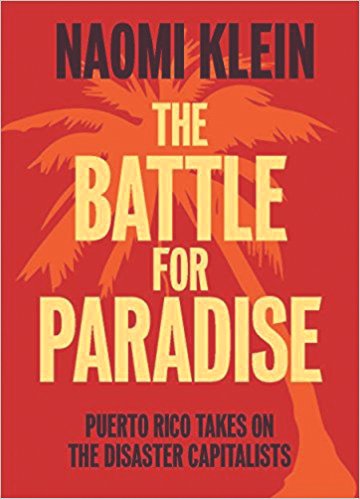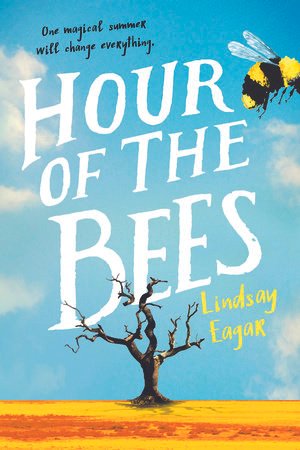Sustainable Bookshelf Volume III
In what has become a beloved annual tradition, we turned to our friends at Longfellow Books in Portland and Royal River Bookstore in Yarmouth for their top picks on recently published books about living with compassion for the planet. And, yet again, they delivered! Here are beguiling books for curious readers young and young-at-heart, covering a wide variety of topics, unified by their focus on making the world a healthier, happier place, full of love and inspiration.
LB: recommended by Longfellow Books | RRB: recommended by Royal River Books
Books for adults
Adventures of a Young Naturalist: The Zoo Quest Expeditions
By David Attenborough
From the voice behind the BBC’s Planet Earth comes this recounting of a scheme early in Attenborough’s career to convince the London Zoo to film a new series in Africa as a desperate attempt to make nature programs more exciting. Reflecting on some of his earliest expeditions, the book provides insight into the experiences that shaped his journey to the man we know him as today. The formality and splendor of Planet Earth is put aside, softened by a tale that could have gone terribly wrong but instead resulted in one of the world’s most recognizable voices shining light on nature’s most magnificent and humble creatures. -LB
The Battle for Paradise: Puerto Rico Takes on the Disaster Capitalists
By Naomi Klein
Journalist/Activist Naomi Klein trains her sights on devastated Puerto Rico, months after Hurricane Maria and still without power, clean drinking water, or real infrastructure. Klein argues that the real estate developers ostensibly helping Puerto Ricans move on from their destroyed homes are really reinforcing the sense of helplessness that’s prevailed in Puerto Rico since the disaster. However, a local movement is pushing back against development projects: groups are working toward remaking the island with small farms and gardens and renewable power. -LBJournalist/Activist Naomi Klein trains her sights on devastated Puerto Rico, months after Hurricane Maria and still without power, clean drinking water, or real infrastructure. Klein argues that the real estate developers ostensibly helping Puerto Ricans move on from their destroyed homes are really reinforcing the sense of helplessness that’s prevailed in Puerto Rico since the disaster. However, a local movement is pushing back against development projects: groups are working toward remaking the island with small farms and gardens and renewable power. -LB
Blotto Botany: A Lesson in Healing Cordials and Plant Magic
By by Spencre L. R. McGowan
A beautiful little guide to making cordials, bitters and other healing tonics. McGowan highlights the medicinal values of various plants and combines those remedial properties for the modern cocktail-enthusiast’s palate. Her hand-lettered recipes are accompanied by her own images and collages, making this a distinctive and useful roadmap for anyone who enjoys brewing up their own beverages. -LB
The Plant Messiah: Adventures in Search of the World’s Rarest Species
By Carlos Magdalena
Nicknamed “El Mesías de las Plantas, or the “Plant Messiah” after he saved the world’s smallest water lily from extinction, Carlos Magdalena is a renowned horticulturist, propagator and lecturer who works at the Royal Botanical Gardens in London. The Plant Messiah recounts his life studying and searching for endangered plants, whether protecting them from environmental damage caused by humans, or from plant poachers who want to sell them to collectors. -LB
Tip of the Iceberg: My 3,000-Mile Journey Around Wild Alaska, the Last Great American Frontier
by Mark Adams
Journalist and travel writer Mark Adams presents a hop-scotching account of dual journeys to Alaska – his own and that of railroad magnate Edward H. Harriman in 1899. A cast of larger-than-life characters, including Audubon Society founder George Bird Grinnell and godfather of conservation John Muir, embark on a boisterous steamship journey. The author travels solo but encounters plenty of colorful locals, all of whom are passionate about the wildlife, the wilderness and especially the glaciers of Alaska. Adams deftly highlights the unique effects of climate change on what he terms “the last great American frontier.” -LB
Where the Water Goes: Life and Death Along the Colorado River
By David Owen
Where the Water Goes offers an urgent picture of the dwindling water supply of the Colorado River, important because it supplies a huge percentage of the U.S. population with water. Unfortunately, saving the water may take much more than turning off the faucet for that extra second while brushing your teeth; there are many obstacles to overcome, including land disputes, failing infrastructures, and bureaucracy. For anyone who wants to know where their water comes from and where it will go, or how it disappears, Where the Water Goes is an informative read. -LB
For younger readers and their parents
The Atlas Obscura Explorers Guide for the World’s Most Adventurous Kid
By Dylan Thuras
For curious kids, here is a chance to embark on the journey of a lifetime – and see how faraway countries have more in common than you might expect! Hopscotch from country to country in a chain of connecting attractions: Explore Mexico’s glittering cave of crystals; visit the world’s largest cave in Vietnam; peer over a 355-foot waterfall in Zambia and learn how Antarctica’s Blood Falls got their mysterious color. Climb mountains, zip-line over forests, and dive into oceans – this book is your passport to a world of hidden wonders. -RR
Hour of the Bees
by Lyndsay Eagar
While her friends are spending their summers having pool parties and sleepovers, twelve-year-old Carol is spending hers in the middle of the New Mexico desert, helping her parents move the grandfather she’s never met into a home for people with dementia. Carol finds herself drawn to Grandpa Serge, fascinated by the crazy stories he tells her. As the thin line between magic and reality starts to blur, Carol must decide for herself what is possible – and what it means to be true to her roots. -RR
How to Be a Good Creature: A Memoir in Thirteen Animals
By Sy Montgomery
This memoir reflects on the personalities and quirks of thirteen animals – Sy’s friends – and the truths revealed by their grace. It also explores themes of otherness and sameness of people and animals; the various ways we learn to love; how we find our passion; how we create our families; coping with loss and despair; gratitude; forgiveness; and most of all, how to be a good creature in the world. -RR
I Am Human: A Book of Empathy
by Susan Verde
From the picture book dream team behind I Am Yoga and I Am Peace comes the third book in their wellness series: I Am Human. A hopeful meditation on all the great (and challenging) parts of being human, I Am Human shows that it’s okay to make mistakes while also emphasizing the power of good choices by offering a kind word or smile or by saying, “I’m sorry.” -RR
Spring After Spring: How Rachel Carson Inspired the Environmental Movement
By Stephanie Roth Sisson
A great biography to introduce young readers to Rachel Carson, the marine biologist, conservationist, and author of Silent Spring. With delightful illustrations, author Stephanie Roth Sisson shares the story of a young Rachel Carson passionate about observing animals in nature, whether by listening to the songs of the birds or noticing how they act during the different seasons, and shows how Rachel connected the dots between our overuse of harmful chemicals in the environment, beginning with the disappearance of the birds’ songs. -LB
Squirm
by Carl Hiaasen
This summer, Billy will fly across the country, hike a mountain, float a river, dodge a grizzly bear, shoot down a spy drone, save a neighbor’s cat, save an endangered panther, and then try to save his own father. Carl Hiaasen tells a wickedly funny, slightly twisted tale about families, figuring out what’s really important, and knowing when (and when not) to let things go. -RR
The Wonderous Workings of Planet Earth
by Rachel Ignotofsky
Making earth science accessible and entertaining through art, maps and infographics, The Wondrous Workings of Planet Earth explains how our planet works – and how we can protect it – from its diverse ecosystems and their inhabitants, to the levels of ecology, the importance of biodiversity, the cycles of nature, and more. -RR
















